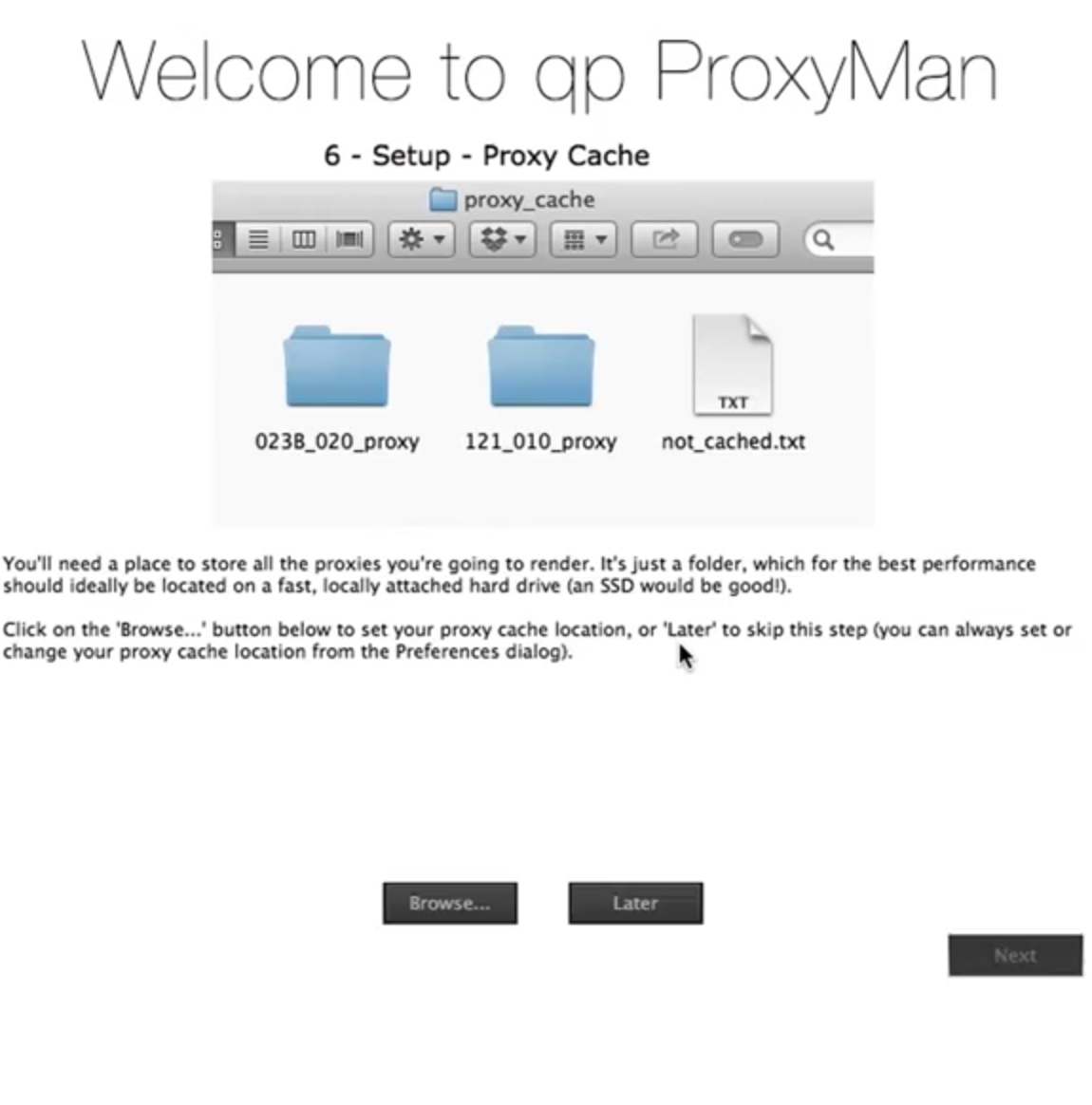
For example, /v1/posts with checked-box will map all sub-URLs such as /v1/posts?days_ago=0. Tips: Check/uncheck the box to allow Proxyman to catch its sub-domains. This way, if Proxyman detect any API calls that match our rule, it will replace the content of the Response with our modified one in the local directory.Īlthough Proxyman has pre-filled domain, we can type in any other domain name for mapping. The next step is to define rules for upcoming Requests. Thus, we can easily change those parameters for different testing purpose
PROXYMAN EDIT RESPONSE DOWNLOAD
The Map Local tool comes in handy to help us to quickly modify the response and change the required parameter to what we need, so that we are able to test different use cases.īefore we enable this feature, we first need to download and launch Proxyman. Normally, testers will need to go through complicated flows in the app in order to have the response properties updated accordingly.

It is powerful in debugging mobile and web applications as it allows developers and testers to change the response of the request, per the configured mappings, so that the response is transparently served from the new location locally as if that was the original request. This blog post explores one of the most useful features of those debugging tools that used daily by both QAs and developers named Map Local.


Most of the time, developers might not need paying much attention to such low level but sometimes, the app doesn't behave as we expect so we might want to use a proxy server like Wireshark, Fiddler, Charles or Proxyman to view all HTTP and HTTPS traffic between the device and the internet. All applications these days seems to communicate over the internet.


 0 kommentar(er)
0 kommentar(er)
